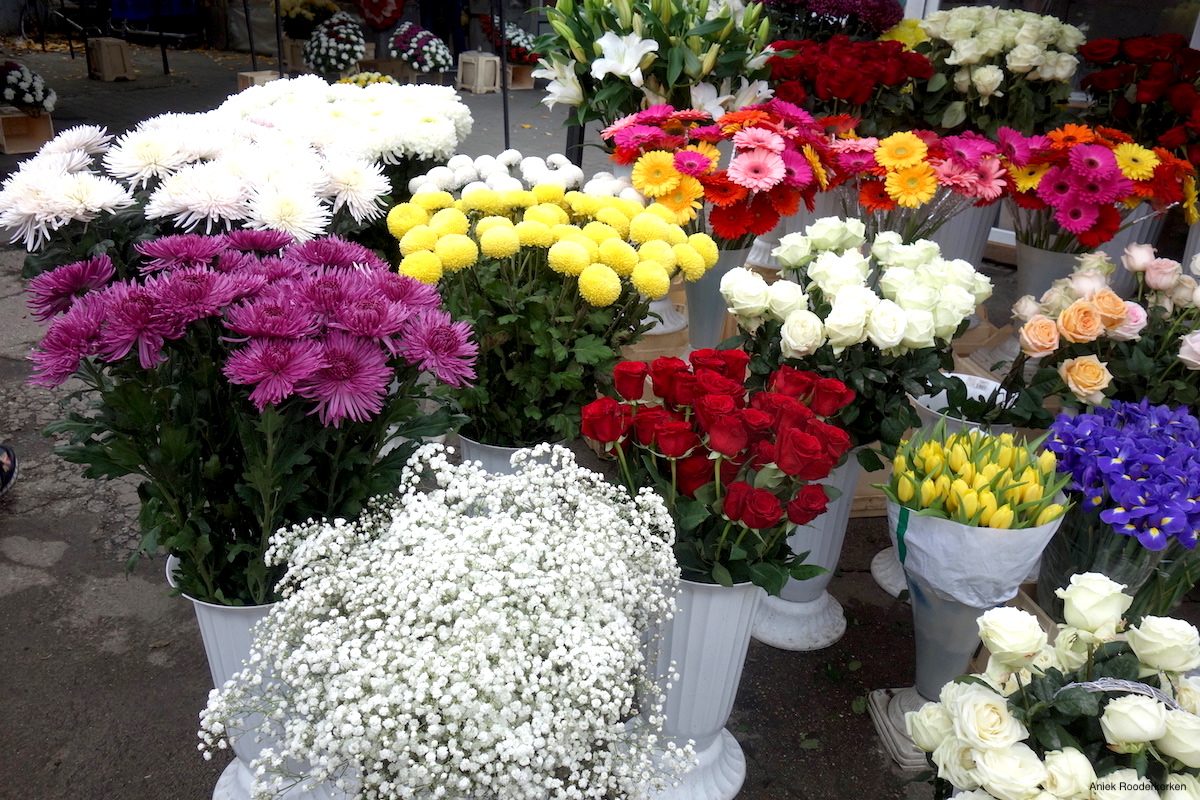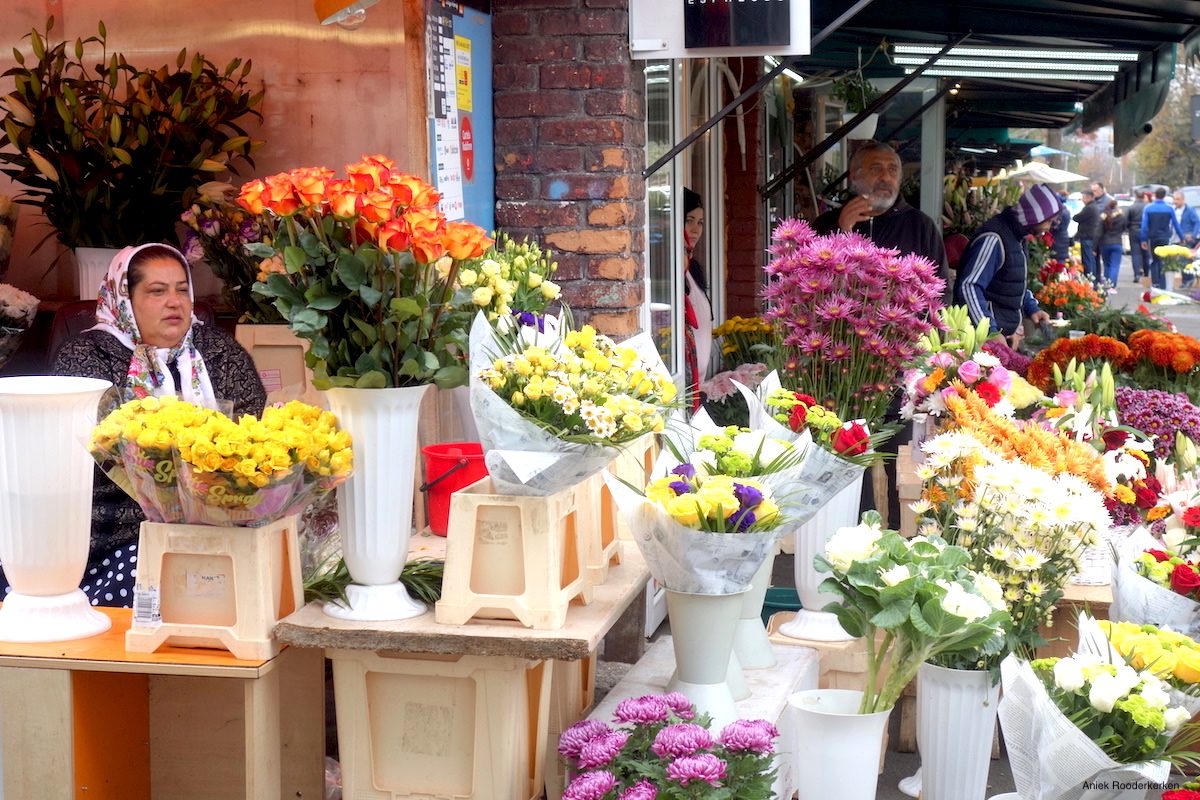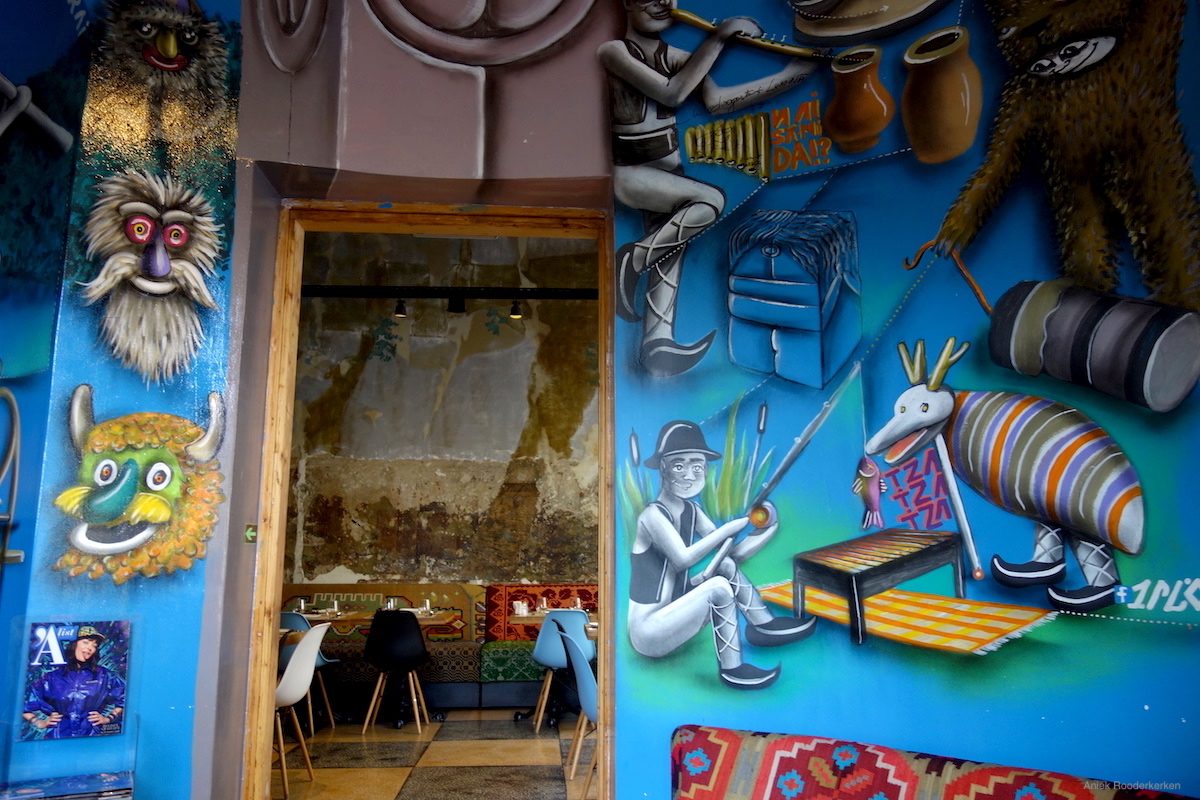Bucharest is a city full of depth, is one of the first things I discover while walking the cobbled streets of the Eastern European city. It’s hiding many stories. One of them is that of the Roma, the term that is now used to refer to the people that used to be called gypsies. I join the Roma Heritage Tour, a walking tour that takes me around the city explaining the history and modern day life of the Roma.
Strolling through Old Town
We meet our guide Stefan and begin the tour walking through old town. Our first stop is one of Bucharest oldest churches, a reminder to the church’s role in enslaving the Roma. Stefan starts by explaining the history of the Roma community. “Even though the Roma have been in Europe since the 1300’s, we still consider them outsiders. The Roma originally came from India. They travelled through Turkey and then expanded into Eastern Europe. In 1385 there was the first official mention of the Roma being in Romania, but the term Roma actually is modern.”


“Interesting to know is that their language took bits of all the countries they travelled through: Greece, Turkey… Based on the origin of these words the migration of the Roma in the Middle Ages could be traced.”
Nowadays, Roma people are the second-largest ethnic minority in Romania, after Hungarians. “Officially about 4 percent of people in Romania is Roma, although it probably is closer to 10 percent of the population. A lot of people of Romani descent do not want to call themselves Roma since there still is a lot of discrimination.” It is therefore guessing at the real number.
In medieval times
But Stefan first takes us back to medieval times again. “Life in medieval times was difficult for the Roma. Because they were considered such a good craftsmen, the Roma people were held as slaves by the wealthy communities in Romania. They worked as slaves in for land owners or in monasteries, for the church. Nowadays almost no one is speaking open about it, but they suffered a lot. They were beaten and tortured, even sold by the kilo. Only in Transylvania they were treated slightly better and given some land.”


Flower market
We take the tram to go to a district little outside of the city centre, to visit Piața de flori George Coșbuc, a Roma flower market, which is run by flower sellers of Roma background.
“People don’t like this area, because they still have fear of the Roma. For instance, they tell their children that if they don’t eat their meal either the wolves or the gypsies will get them.” Stefan explaines.
The people working here are Roma. Women are sitting in the doorway on small wooden chairs, a cigaret dangling in their hand. A dog barks dangerously. Children, some actually are still pretty young, are weaving the structures for the flower arrangements. It is a colourful place, but it can’t hide the fact there is a lot of poverty, living conditions over here are below average and the future of the children is not positive. Even though the number of Roma children attending and finish school is growing, still many Roma children skip school.



Roma music
In a courtyard we listen to the Roma music of Florin Salam. “Many Roma musicians are quite popular nowadays, even though the music is not appreciated by everybody. The musicians got famous abroad before getting famous here. Even though many of the Roma are poor, some of them are extremely rich. Some got rich through singing or music, but don’t be fooled. Also through organised crime and stealing iron.”
Era of communism
Walking back to inner town we see skeletons of huge and partly finished buildings. Projects that were abandoned after the fall of Communism in 1989 and will never be finished. They are just standing there, amid waste that has been dumped. One of them is the unfinished building of the Romanian Academy. A massive building that dominates the area. It was built for Nicolae Ceaușescu, the Communist dictator of Romania. Also the Communist era turned out to be difficult for the Roma people.

Little further, we take a quick look at Mahala restaurant. The restaurant is painted with murals relating to tradition, and also to some typical Roma traditions and stories. A colourful conclusion to a tour with a gray edge.
If you want to see a different side to Bucharest and Romania and want to learn more about the complicated history of the Roma people you should book the Roma Heritage Tour by Open Doors Travel. It’s an absolutely fascinating tour that reveals one of the extraordinary stories of Bucharest!
It was a complimentary tour during the blogging event Experience Bucharest.


